The first Design of Asphalt for Road Pavement Course was presented at the CSIR from 7 to 10 February 2017. 21 Delegates attended the course and sat an examination on the last day.
This course module, deals with the design of asphalt mixes for roads in general, is based largely on TRH 8 / Sabita Manual 35: Design and Use of Asphalt in Road Pavements which was developed to establish a common base for the design of asphalt mixes in South Africa. The intention of this course is to advance the move towards performance-related specifications for the design of asphalt pavement materials, which started with the publication in 2001 of the Interim Guidelines for the Design of Hot-Mix Asphalt (IGDHMA) in South Africa. This move is in line with international best practice and also enables the formulation of national specifications that will reasonably ensure that asphalt layers will perform as expected.
Once the incorporation of Manual 35 into TRH 8 has been formalised, application of the methods presented will be mandatory for use in state funded projects.
Significant developments in asphalt technology have taken place since the publication of the IGDHMA and therefore a need existed to update the South African design methods for asphalt mixes, particularly in the light of the following developments:
- The revision of the South African Pavement Design Method (SAPDM) which allows for direct linkages between asphalt mix design, structural design and field performance in terms of resilient response and damage evolution. Previously, the design of asphalt mixes and the mechanistic-empirical design of the pavement structure were generally treated separately;
- The increasing use of mix types that cannot be classified as conventional Hot-Mix Asphalt (HMA) and that require alternative design methods. Such mix types would include warm mix, cold mix, mixes with significant proportions of reclaimed asphalt, stone mastic asphalt and Enrobé à Module Élevé (EME) asphalt. This is the reason for the shift in focus in this course from HMA to asphalt in general;
- International and local advances in asphalt technology;
- Increase in volume of heavy vehicles on South Africa’s roads;
- The need to supply roadway infrastructure for bus rapid transit systems;
- A demand for higher performance mixes, often leading to more sensitive mix designs;
- A need to review the current national compliance criteria for asphalt layers in contract specifications.
Furthermore, the methods proposed in the IGDHMA had never been properly validated. A need existed for a consolidated design manual containing well-validated methods to replace the existing guidelines.
The content of this course is based largely on research commissioned by Sabita and carried out by the CSIR Built Environment and completed in 2014. This research project comprised an extensive state-of-the-art study, consultations with industry experts; followed by laboratory investigations. The intention was to increase the reliability of the mix designs in terms of performance prediction, whilst at the same time simplifying the design process by reducing the number of test methods involved.
Additionally, the design procedure has been presented to practice and discussed and debated extensively. The method being presented in this course reflects the outcome of this interaction with practice.
Course Structure
This course is intended to cover the principles of design of all asphalt product types currently used in South Africa. This includes: hot mix asphalt, warm mix asphalt, and special designs covering asphalt types such as for EME, stone mastic asphalt, porous asphalt, mixes for light traffic in residential areas, and mixes with reclaimed asphalt. Additionally the Bailey method of design of mixes, taking into account the desired aggregate configuration or structure will be presented as an additional module.
The course has been structured into modules as follows:
Module A: General Design Method
Module B: Design principles of Stone Mastic Asphalt
Module C: Design of Porous Asphalt
Module D: Design of EME (High modulus asphalt)
Module E: Design considerations for warm mix asphalt
Module F: The Bailey method of aggregate proportioning – an overview
Module G: Design of thin wearing courses for light traffic
Module H: Designing mixes with reclaimed asphalt
The course presenters are: Dr. Joseph Boateng and Julius Komba from CSIR, Herman Marais- Much Asphalt, Wynand Nortje-National Asphalt, Joe Grobler-SMEC and Sasheen Raijkumar-SANRAL ER.
Courses have been planned for Cape Town, Durban and Lusaka, Zambia.

